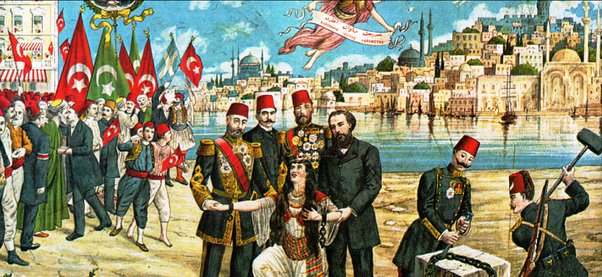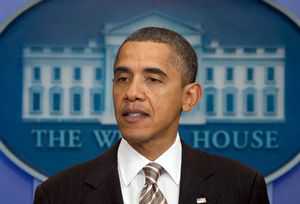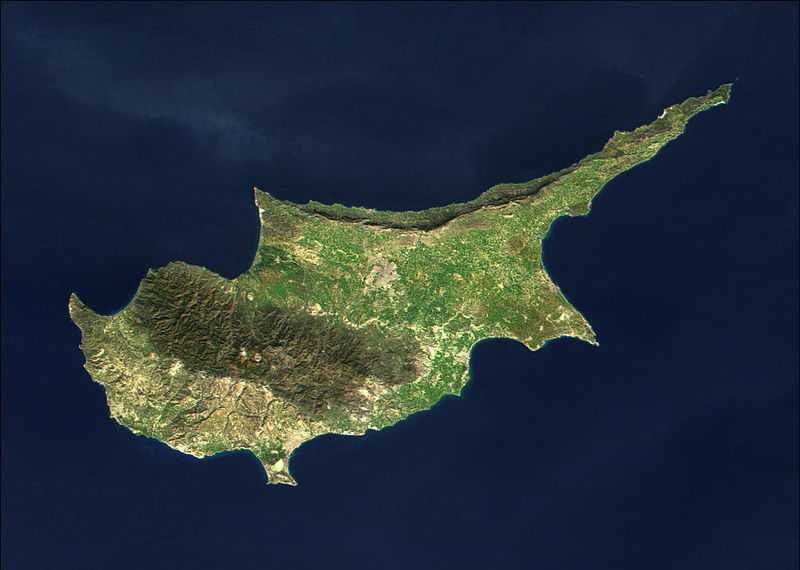From: ALI CINAR
Subject: BOB MCKAYDEN CBS YORUMU

To Les Moonves, President & CEO, CBS Corp. [email protected]
From: Robert McKay, PhD., P. O. Box 126, Eastford, CT 06242 860-974-0392
Regarding: Reply to the Bob Simon/Peter Balakian Story titled “Battle over History”
Date: February 28, 2010
Bob Simon’s story being aired Sunday, February 28, 2010, on 60 Minutes with Peter Balakian is causing concerns about CBS by the Turkish community…concerns that I, too, share.
50 Years ago my wife and I traveled to Turkey. We lived there for 5 years as teachers at the Tarsus American College, Tarsus, Turkey. Finding artifacts going back to 2500 B.C. opened our eyes to aspects of history that never seemed real in a sterile classroom on the rolling hills of eastern Connecticut, University of Connecticut.
One of the many issues that interested me were the events of 1915 and the actions that surrounded them.
However if we take 1915 out of context we do not see the relentless, persistent and predictable deaths that the Armenians have inflicted on their neighbors: Jews, Kurds, Turks, Azeries, and all others who might disagree with them.
A flow of history which shows a uniform and consistent pattern of atrocities by the Armenians would be the 3 periods listed:
1. 1915 through WWI Armenian Russian conspiracy
2. 1980’s Armenians begin worldwide assassinations: Ambassadors and politicians
they didn’t like. The FBI credited Armenia with 25% of international terrorism in the USA.
3. 1992—In the Nagorno=Karabakh region of Azerbaijan Armenian and Russian
forces kill 400,000 Azaries leaving 1,000,000 (IDP’s) International Displaced
Persons in Azerbaijan.
Period I
Let’s talk about 1915 through WWI. It is well documented that Russia wished the demise of Ottoman Turkey and wanted access to oceans. During this period Armenians living in the Ottoman Empire flocked to join Russian forces attacking the Ottomans from their eastern flank. The Armenian Russian forces and guerilla forces with the Ottoman Empire blow up post offices, cut lines of communication and caused the Ottomans to move up to 400,000 troops from the southern flank to protect the Armenian Russian threat. There were massacres and atrocities of equal magnitude on both sides. Bones found in Turkish soil are both ethnically Turkic and Armenian. However, today after all these years people like Peter Balakian, who never had first hand knowledge of the situation, claim that the Ottoman’s committed a genocide: as a side note the term genocide was never used until it had political importance long after WWII.
In brief your concern with the topic is appreciated, but telling only the pro-western/Christian side of the story is not appreciated. In the minds of many scholars, writers and politicians, the Armenian perspective is wrong! There are, in fact, two sides.
Please note that a preponderance of scholars and politicians do not accept the genocide concept. Interestingly the highest ranking Armenian, Hovhannes Katchaznouni, the first Prime Minister of the new independent Armenian Republic in 1923 did not accept the concept of genocide.
a) Dr. Katchaznouni in his report to the Dashnaq Party’s 1923 Congress clearly accepts Armenian responsibility for the tragedy that befell his country. “We (Armenians) caused this tragedy. Turks knew what they were doing (and) the (Ottoman Turkish) deportation (of Armenians) was right and necessary”
This report has been hidden from researchers for years, however since being uncovered it has been published in a brief 125 page book titled “Dashnagtzoutiun Has Nothing to Do Anymore”, Kaynak Yayinlari (Kaynak Press) pps. 125.
b) The Malta Tribunal, held by England, immediately after WWI and initiated by the Armenian interest could not convict a single Ottoman military officer or politician of
genocide and/or war crimes.
c) U.S. Admiral Bristol, commander of the Sixth Fleet and later first Ambassador to the new Republic of Turkey (post WWI) traveled the country extensively and reported no genocide.
d) Ambassador Elekdar went to England to intensively study a document produced by the English called the “Blue Book”. The Ambassador has shown that most of the the documents were either fraudulently written or slanted so as to draw England into WWI.
Ambassador Elekdar subjected himself to scholars from around the world on his findings. He has not been refuted.
For brevity it is fair to say that the key scholars and leaders of the early 1900’s did not attribute a genocide to the Ottoman Turks.
Period II
During the 1980’s Armenians, who never at any time in the history of the Ottoman Empire had never had sovereignty over even a single square inch of the Anatolian peninsula were beginning to push for land claims and reparation based upon a made up genocide claim.
During this time the Turkish archives were open to scholars. No one has ever found a single note or sentence regarding a government policy of eliminating or getting rid of Armenians.
Armenia would never open its archives. In order to prevent conflicting view the Armenians began a worldwide campaign of assassinating ambassadors and others who disagreed with them. In fact at one point during this period the FBI identified Armenia as being responsible for 25% of international terror casualties in the U.S.A.
Period III
In 1992 interest in oil drive an Armenian Russian genocide of Azeris. As in Period I (1915) Armenians are pawns of Russia.
However since the early 1800’s those people of the Transcaucuses: Georgia, Armenia and Azerbaijan have been under the control of Russia. The Armenians more that the others, have been willing to be the pawns of Russian geo-political interests.
In the 1990’s Russia had decided that the oil rich region of Nagorno-Karabakh would be an autonomous section of Azerbaijan even though it had a high % of Armenians living there.
The Armenians living in this Nagorno Karabkh region of Azerbaijan began killing any Azari that lived there. In the village of Khojaly (about 7000 people) the Armenians killed every man, woman and child. The Russian 366th Regiment participated.
The result was that by 1992 Armenians were responsible for killing 400,000 people and leaving over 1,000,000 International Displaced Persons (IDP’s) in Azerbaijan. Where is the popular media outrage? Where is the political outrage? These events are contemporary.
As background information let’s remember that Armenia today is about the same population as Connecticut, slightly over 3 million. Ten years ago the Armenian population was almost double that of today. For economic reasons, Armenians are relocating around the world, a large percentage to Turkey.
In Conclusion
- The long term actions of Armenia as an aggressor pawn of Russia lends credibility to the Turkish claims that there was no genocide.
- There is no doubt that more ethnic Turks died than ethnic Armenians,
(International Red Cross figures state that more than 25% of all ethnic Turks died
as a result of war, massacres, diseases and starvation.)
- There never was an Ottoman policy to exterminate Armenians.
- Ottoman Turks failed in World War I in large part because Armenian/Russian
forces diverted their capabilities to the eastern part of the empire.
- At the beginning of the century Armenians were pawns of Russian attempts to
gain seaports. Armenia thought part of the Ottoman Empire would be given to
them.
- Later in the century (1992) Armenia was a pawn of Russian oil interests.
Again Russia gets oil, Armenia expands its borders into Azerbaijan.
- Armenian Russian killings in Azerbaijan are 400,000 dead and 1,000,000 IDP’s.
Where is the outrage by the media and U.S. politicians.
Personally I was very unhappy to see any program with Peter Balakian associated with it. He is an Armenian nationalist who, as a “historian” has never attempted to see the truth of both sides.
I could bring a wide range of resources to CBS that would acknowledge the suffering of Armenians and Turks and would like to do so if CBS has any interest in a broader look at history.
Your 60 Minute piece either by plan or coincidence came at a very bad time: the U.S. Congress is considering H. Res. 252 which agrees with the “non historical based claims of Armenia.”
This resolution will harm U. S. Turkish relations and the Armenian-Turkish normalization process for years to come. It will also harm Islam Christian trust for centuries around the world. Alliances between Muslim and Christian countries will be less likely. Certainly Turkish treaties with American backed Israel will be much
less enthusiastically viewed.
Cordially,
Robert McKay



 U.S. State Department logo, 26Feb2009
U.S. State Department logo, 26Feb2009

 Dmitry Medvedev
Dmitry Medvedev




